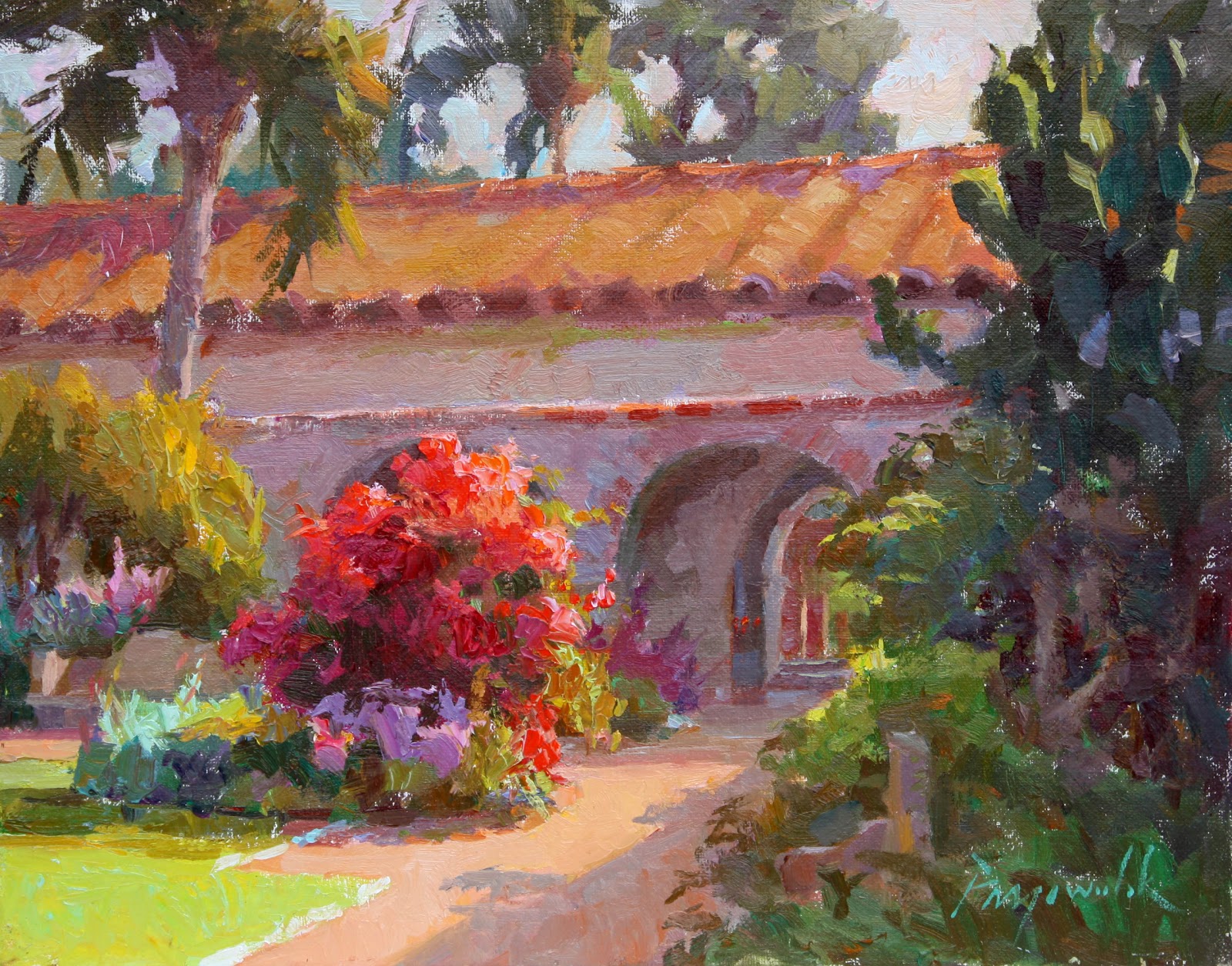Mixing styles of the late High Renaissance into the early Baroque period, Mannerists often depicted their subjects in unnatural forms.
Bronzino’s works have been described as “icy” portraits that put an abyss between the subject and the viewer.


Salvator Rosa (1615-1673) was one of the least conventional artists of 17th-century Italy, and was adopted as a hero by painters of the Romantic movement in the later 18th and early 19th centuries. He was mainly a painter of landscapes, but the range of his subject matter was unusually wide and included portraits and allegories...
For biographical notes and works by Rosa, see Salvator Rosa | Baroque Era style.




Daniele Ricciarelli (c. 1509 - 4 April 1566), better known as Daniele da Volterra, was an Italian painter, Mannerist and sculptor.
Daniele's best-known painting is the Descent from the Cross in the Trinità dei Monti (circa 1545), after drawings by Michelangelo; by an excess of praise this work was at one time grouped with Raphael's Transfiguration and the Last Communion of St. Jerome by Domenichino as the most famous pictures in Rome.

Benato Natali (1883-1979) was born in Livorno-Italy, from a modest family, where perhaps the father, hatter by profession, led him to enroll at the School of Arts and Crafts. Not too temperamentally suited to the school system began to devote himself to drawing a self-taught, and even when one of his companions urged him to attend the study of Guglielmo Micheli little and did so against his will.
